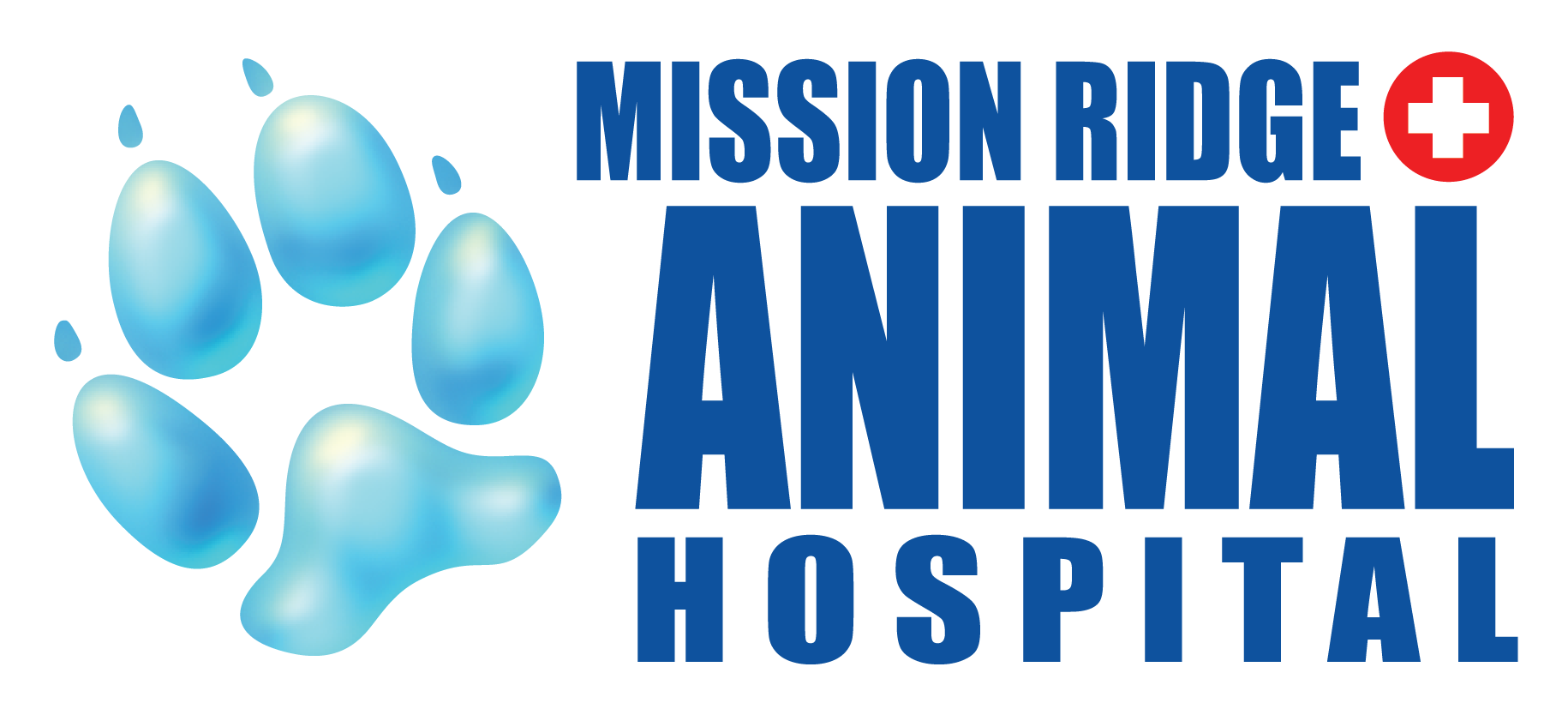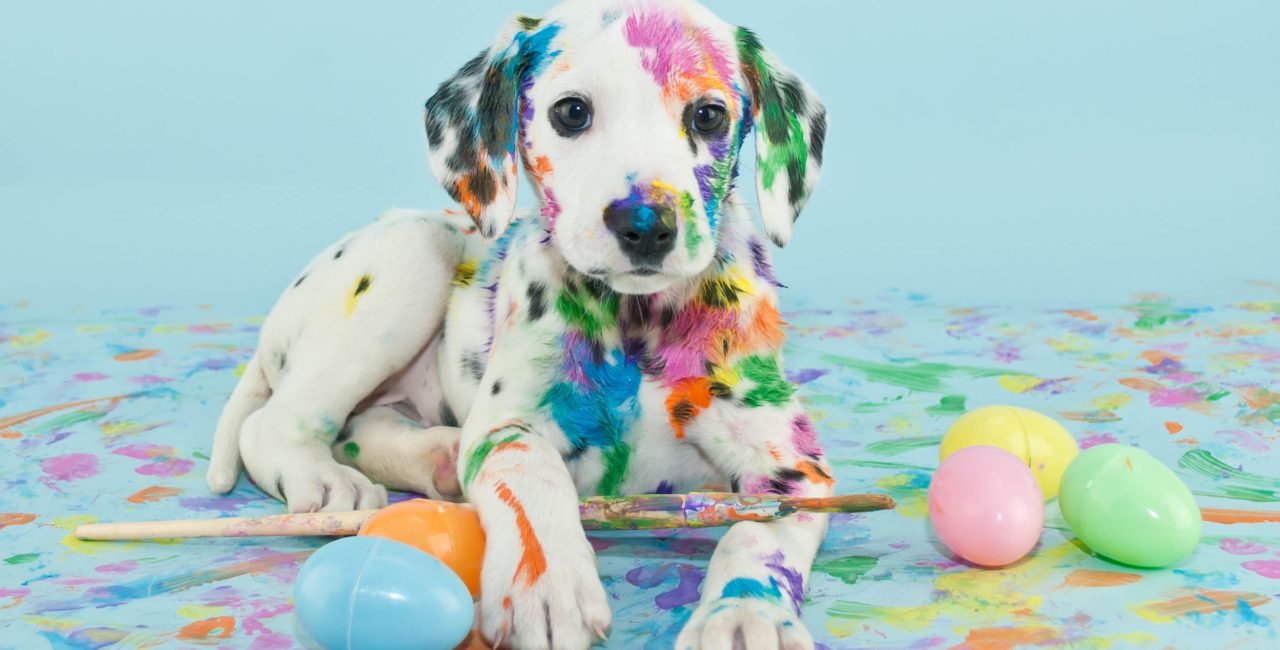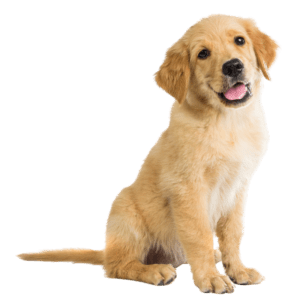The American Veterinary Society of Animal Behaviour (AVSAB) has identified that the primary and most important time for puppy socialization is the first three months of life. During this time, puppies should be safely exposed to new people, other pets, and environmental stimuli. Caution must be taken to not over stimulate the puppies, which could result in fear, withdrawal or avoidance behaviour. The AVSAB believes that it should be the standard of care for puppies to receive such socialization even before they are fully vaccinated.
In general, puppies can start socialization classes after 8 weeks of age. They should receive a minimum of one set of vaccines and deworming, administered after an exam by a veterinarian, at least 7 days before the first class. All puppies should be kept up to date on vaccines and dewormer as the class progresses. I would recommend looking for a facility that ensures all those criteria have been met, as well as one that cleans the play areas with an appropriate disinfectant before each and every session. While there is always a risk of infectious disease, especially before puppies have received the full series of vaccines, the risks associated with incomplete socialization can have far more grave consequences. Improper socialization can increase the risk of behavioural problems like fear, avoidance and aggression. Behavioral problems are the largest threat to the human animal bond, and are the number one cause of death for dogs under the age of three. For more information on the benefits of early puppy socialization classes, visit www.AVSAB.org.
There are many important experiences that can also be accomplished at home during the puppies first 12 weeks of life. Here is a general guideline of things that a puppy should have been exposed to by the time it is 12 weeks old. If your puppy is older then 12 weeks, please start immediately!
1) Different surfaces: carpet, tile, cement, grass, wet grass, uneven surfaces, up on a chair/up on a table (supervised), puddles, grates, etc
2) Playing with different objects: fuzzy toys, big and small balls, funny sounding toys, cardboard, milk jugs, leather, ropes, etc.
3) Different locations: front yard, other peoples homes/buildings, school yards, car, moving car, garage, veterinarian, etc.
4) Met and played with 12 new people, outside of family: children, adults, people with mustaches, beards, wearing hats, the elderly, people in wheelchairs, walkers, canes, pushing a stroller, sunglasses, etc.
5) Different noises: garage door opening, doorbell, children playing, baby crying, cars/trucks, washing machine, clapping, things dropping in the kitchen, vacuum, lawnmower, etc.
6) Fast moving objects (do not allow to chase): bicycles, skateboards, cars, people running, scooters, etc.
7) Handled by owner and family many times a week: hold under arm, hold to chest, hold on the floor, hold in between legs, hold head, look in the ears, look in the mouth and be able to rub fingers along the gums, feel in between toes, trim nails, etc.
8) Eaten from different shaped containers, in different locations: metal, ceramic, kong, treat ball, spoon fed, hand fed, etc.
9) Played with different puppies or safe adult dogs as much as possible.
10) Experienced a leash and collar in different locations.
11) Left alone safely (crate or pen) for for up to an hour. Once puppy is comfortable, the amount of time can gradually be increased.
Please ensure that all experiences are SAFE and POSITIVE for your puppy. These encounters should include treats and plenty of praise! If your puppy is displaying any fear, slow down and let them guide you.



